Shift Towards Cost Efficiency
In the Construction Equipment Rental Market, a pronounced shift towards cost efficiency is evident among construction firms. Many companies are increasingly recognizing the financial advantages of renting equipment instead of maintaining a fleet of owned machinery. This trend is particularly pronounced in sectors where project durations are uncertain or where specialized equipment is required for short-term use. Data suggests that rental solutions can reduce operational costs by up to 30%, allowing firms to allocate resources more effectively. As economic pressures mount, the preference for rental services is likely to intensify, further propelling the growth of the Construction Equipment Rental Market. This cost-effective approach not only enhances profitability but also allows companies to remain agile in a competitive landscape.
Increased Focus on Sustainability
Sustainability considerations are becoming a pivotal driver in the Construction Equipment Rental Market. As environmental regulations tighten and public awareness of climate change grows, construction firms are increasingly seeking sustainable practices. Renting equipment can reduce the carbon footprint associated with manufacturing and maintaining machinery. Moreover, rental companies are investing in eco-friendly equipment options, such as electric and hybrid machines, to meet the evolving demands of environmentally conscious clients. Data suggests that the market for green construction equipment is expected to grow significantly, indicating a shift in consumer preferences. This focus on sustainability not only enhances the reputation of construction firms but also positions the Construction Equipment Rental Market favorably in a landscape that prioritizes environmental responsibility.
Rising Infrastructure Investments
The Construction Equipment Rental Market is experiencing a notable surge due to increasing investments in infrastructure projects. Governments and private entities are allocating substantial budgets for the development of roads, bridges, and public facilities. For instance, recent data indicates that infrastructure spending is projected to reach trillions of dollars over the next decade. This trend is likely to drive demand for rental equipment, as companies prefer to rent rather than purchase expensive machinery. The flexibility and cost-effectiveness of rental solutions align well with the dynamic nature of infrastructure projects, where timelines and requirements can change rapidly. Consequently, the Construction Equipment Rental Market is poised for growth as stakeholders seek to optimize their resources while meeting the demands of large-scale construction initiatives.
Urbanization and Population Growth
The Construction Equipment Rental Market is being propelled by rapid urbanization and population growth. As urban areas expand, the demand for residential, commercial, and infrastructure development intensifies. This trend necessitates the use of various construction equipment, which often leads to increased reliance on rental services. Recent statistics indicate that urban populations are expected to rise significantly in the coming years, creating a pressing need for construction activities. Consequently, construction firms are likely to turn to rental solutions to meet the demands of urban development projects efficiently. This dynamic is expected to drive the growth of the Construction Equipment Rental Market, as companies seek to adapt to the challenges and opportunities presented by urbanization.
Technological Advancements in Equipment
The Construction Equipment Rental Market is significantly influenced by technological advancements that enhance equipment efficiency and management. Innovations such as telematics, GPS tracking, and automated systems are becoming increasingly prevalent in rental fleets. These technologies enable better monitoring of equipment usage, maintenance needs, and operational efficiency. For example, data indicates that companies utilizing telematics can reduce equipment downtime by up to 20%. As construction firms seek to leverage these advancements, the demand for technologically equipped rental machinery is likely to rise. This trend not only improves productivity but also aligns with the industry's push towards smarter, more efficient construction practices, thereby fostering growth within the Construction Equipment Rental Market.
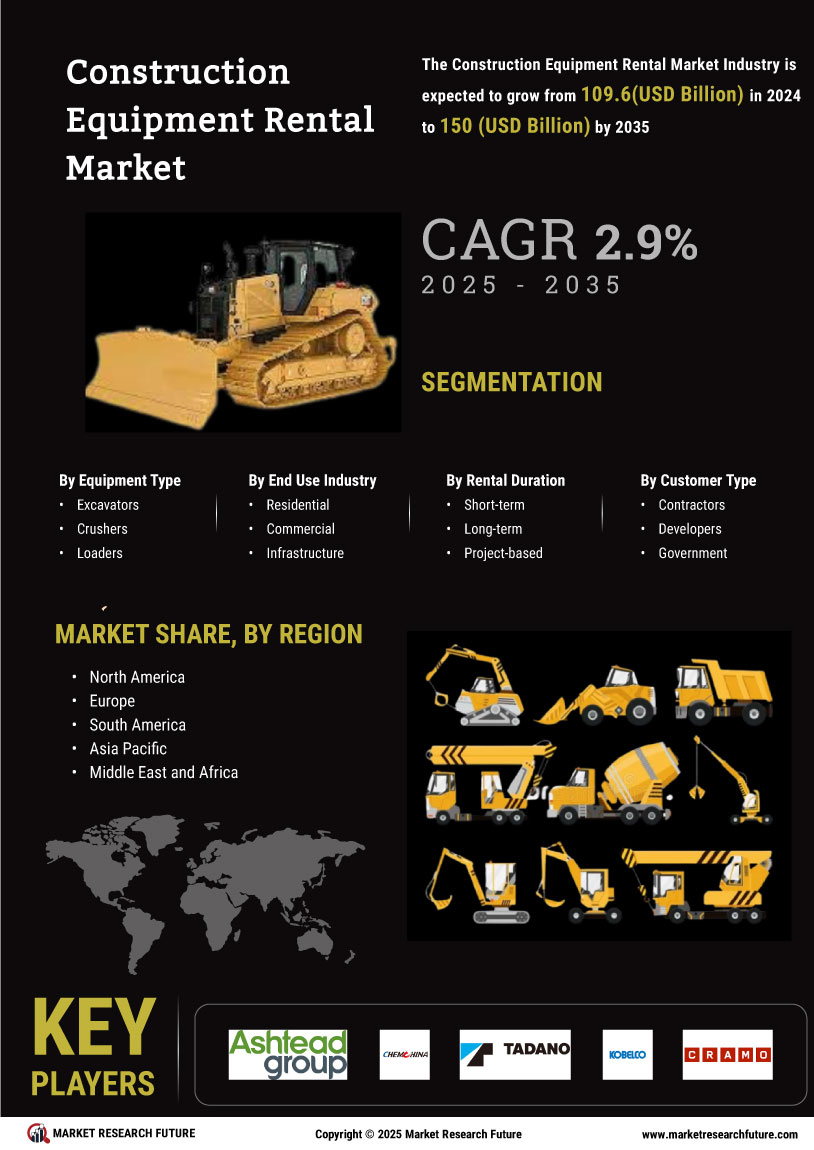

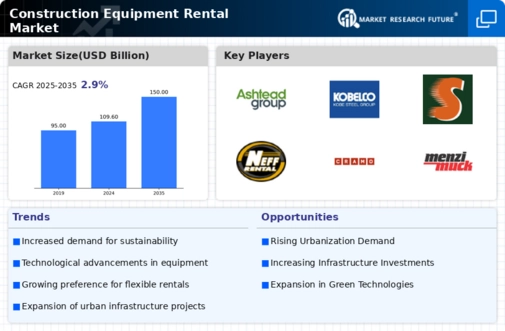
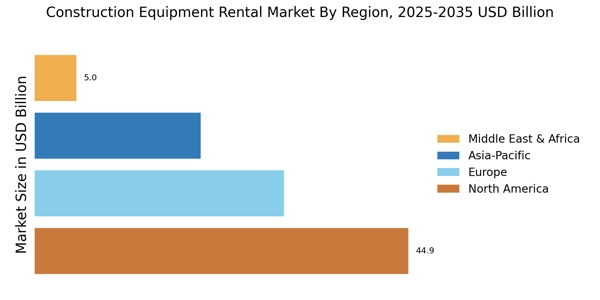
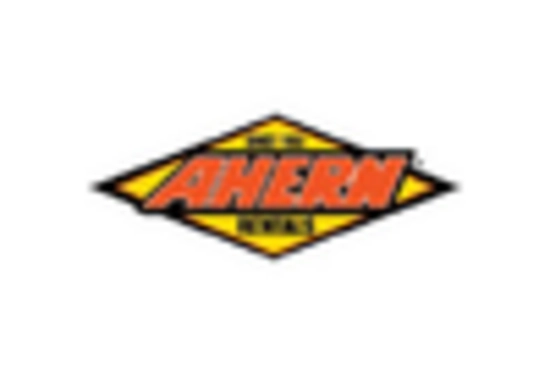



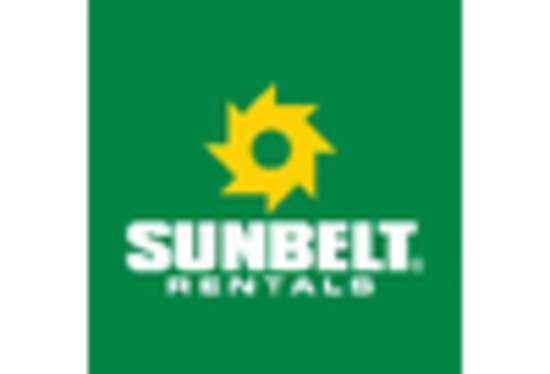









Leave a Comment